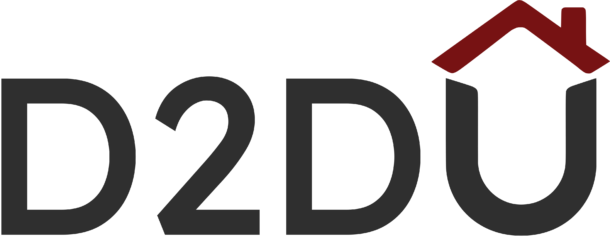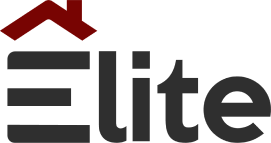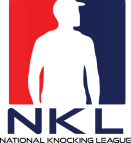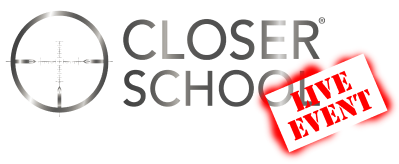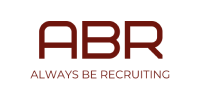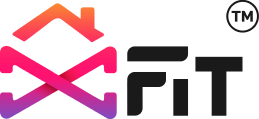The modern sales environment is anything but static. Buyers are more informed, technology evolves quickly, and economic uncertainty pressures sales teams to adapt. Continual learning is no longer optional. Research cited in the Definitive Guide to Free Sales Training resources that companies invest in ongoing education enjoy up to 50 % higher net sales per employee.
Conversely, replacing a failed representative can cost around US$ 115 000. Free resources reduce the financial barrier to learning, helping teams stay sharp without destroying budgets.
Free resources as a retention and performance driver
Sales turnover is expensive, so providing growth opportunities is essential. High‑quality free programs—videos, podcasts, e‑books, templates and AI tools—allow organisations to democratise training and offer growth pathways. Free resources also shorten ramp‑up time for new hires; when new reps have access to self‑paced courses and practical templates, they start producing sooner.
In essence, free training resources deliver two benefits: they improve performance and improve retention, creating a win–win for managers and individual sellers.
How Free Resources Help Improve Real‑World Selling
Using free material effectively means bridging the gap between theory and practice. Many free courses and guides are authored by seasoned sales professionals and include scripts, templates and frameworks. The guide notes that you can download email templates or call scripts and use them immediately. Video tutorials or live demonstrations let you watch how experts handle objections or negotiate.
Podcasts and YouTube channels (for example, 30 Minutes to President’s Club) give a front‑row seat to top reps tackling real situations. There are even free AI tools—using ChatGPT as a 24/7 practice partner—to role‑play pitches and brainstorm prospecting ideas.
Practical application matters. When a resource includes a script or template, test it on your next call or email to immediately reinforce the technique. By combining curated examples with live practice, sellers move from passive learning to active execution and see direct improvements in their calls and deal progression.
Where to Find Credible and Updated Resources
Not all free content is equal. Evaluate resources based on authority, timeliness, evidence and community feedback. Prioritise content from recognised trainers or established companies, check publication dates so advice stays current, look for data or case studies to support claims and read reviews from other sellers to see what actually works. This quick filter saves you hours chasing outdated or unproven advice.
How to Integrate These Into Your Daily Sales Routine
Finding resources is easy; building a learning habit is harder. The guide recommends time‑blocking learning sessions as rigorously as you schedule client calls. Set aside 20–30 minutes each day for training—watch a short video, read a chapter of an e‑book or complete a micro‑module. Also set a goal per week. Instead of passively consuming content, decide, for example, to focus on objection handling or discovery questioning. After learning, apply a single tip immediately—use a new opening line on your next cold call.
Managers should create accountability by having team members share one new thing they tried during weekly meetings. This encourages consistent application and peer learning. Over time, small daily improvements compound into significant skill upgrades.
Using Free Resources for Team Onboarding or Self‑Paced Learning
Free content can form the backbone of onboarding. Use a mix of free online courses, downloadable e‑books, CRM practice and call‑shadowing tools to move new hires through a simple progression of learn → practice → shadow → perform. Self‑paced learners can mirror this approach by listing the skills they need, assigning themselves resources and setting deadlines. Consistency and immediate application matter more than the specific sequence.
Measuring the Impact of Free Resources on Performance
Learning is only valuable if it produces results. Track three things: knowledge, behaviour and outcomes. Use quick quizzes or role‑plays to gauge comprehension, listen to call recordings to see if new techniques are being used, and monitor KPIs such as sales cycle length, win rate and average deal size. Comparing pre‑ and post‑training metrics over a month or two reveals whether a resource is driving improvement.
When you see that a tactic from an e‑book reduces discounting or increases revenue, double down on it and consider complementing free training with paid programs for deeper mastery.
When to Transition From Free to Paid Training
Free sales training resources deliver significant value, but there comes a point where more customised coaching is needed. When the team faces complex challenges—like enterprise‑level negotiation—or requires interactive feedback on demos, generic sales training content won’t suffice.
Similarly, adopting a formal methodology (e.g., Challenger or MEDDICC) may warrant paid certification programs to ensure consistent implementation. Start with free resources, identify remaining gaps using your performance data and then invest selectively in paid training.
FAQs
What’s the best way to start using free sales training resources?
Identify a single skill you want to improve, such as cold calling or discovery questioning. Choose one quality resource—maybe a video tutorial or e‑book—consume it actively (take notes), then apply one takeaway immediately. Focusing on one area prevents overwhelm and leads to quick wins.
Can I train an entire sales team using only free resources?
Yes, especially for foundational skills. Many small teams successfully onboard and develop reps using free courses, webinars, templates and coaching tools. However, as challenges become more complex or you need personalised coaching, you may supplement with paid options.
Are these resources updated regularly?
Quality free content—especially podcasts, blogs and webinars—is updated frequently; many shows release episodes weekly. For static e‑books or PDFs, check publication dates and look for updated editions. Stick to reputable providers like HubSpot or Sales Gravy, who refresh their libraries regularly.
Do I need a mentor along with these resources?
Free content provides knowledge and examples, but a mentor accelerates application. Managers or experienced colleagues can offer contextual advice and feedback. When mentors aren’t available, AI tools like ChatGPT can simulate conversations and help refine pitches, serving as a “virtual coach”.





